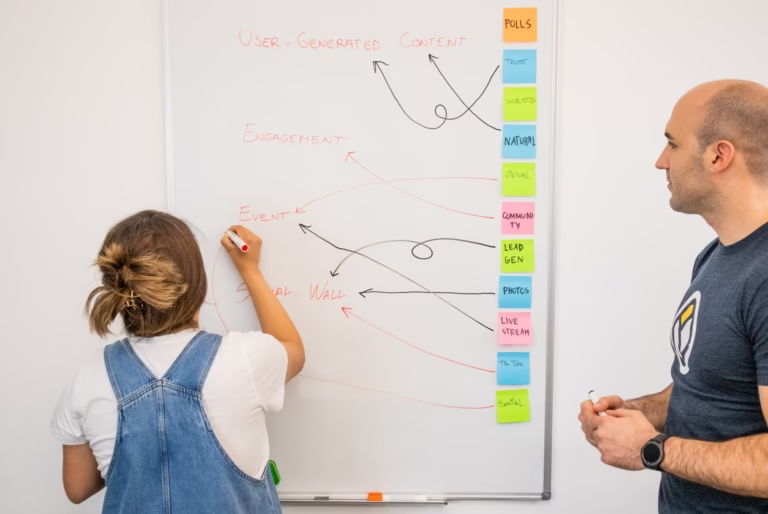Education is evolving at an unprecedented pace, driven by technological advancements, changing student needs, and innovative teaching methodologies. In this article, we explore key trends shaping the future of learning, the tools enabling these changes, and the techniques educators are using to enhance student engagement and success.
The Rise of Digital Classrooms
The shift from traditional classrooms to digital learning environments has transformed education. Online platforms, interactive tools, and virtual collaboration spaces are now integral to modern learning.
1. Interactive Learning Platforms
Digital platforms like Google Classroom, Canvas, and Moodle have made remote and hybrid learning seamless. These tools allow educators to:
- Share assignments instantly
- Provide real-time feedback
- Facilitate group discussions
2. Virtual and Augmented Reality in Education
VR and AR are revolutionizing experiential learning. Students can now:
- Take virtual field trips to historical sites
- Conduct science experiments in simulated labs
- Explore complex concepts through 3D models
3. AI-Powered Personalized Learning
Artificial intelligence tailors education to individual student needs by:
- Analyzing learning patterns
- Recommending customized study plans
- Automating grading for faster feedback
Innovative Teaching Techniques
Educators are adopting new strategies to keep students engaged and improve learning outcomes.
4. Project-Based Learning (PBL)
PBL encourages students to solve real-world problems, fostering critical thinking and collaboration. Benefits include:
- Enhanced problem-solving skills
- Deeper subject understanding
- Improved teamwork abilities
5. Gamification in Education
Turning lessons into games boosts motivation. Examples include:
- Leaderboards for healthy competition
- Badges and rewards for achievements
- Interactive quizzes with instant results
6. Flipped Classrooms
In this model, students review materials at home and engage in discussions or activities in class. Advantages are:
- More interactive class time
- Self-paced learning
- Better retention of concepts
Essential Tools for Modern Educators
To keep up with these trends, teachers need the right tools. Companies like Nasco Education provide valuable resources for hands-on and digital learning.
7. Collaborative Software
Tools like Microsoft Teams and Zoom enable:
- Live video lectures
- Breakout room discussions
- Screen sharing for demonstrations
Key Resources for Teachers:
- Online lesson planners
- Digital whiteboards
- Student progress trackers
The Role of Hands-On Learning
Despite the digital shift, tactile learning remains crucial.
8. STEM Kits and Lab Equipment
Hands-on experiments help students grasp scientific concepts better. Many schools use kits from suppliers like Nasco Education to enhance lab sessions.
9. Arts and Crafts in Education
Creative activities improve motor skills and creativity. Useful supplies include:
- Modeling clay
- Construction paper
- Paint and brushes
Conclusion
The future of education is a blend of digital innovation and traditional hands-on learning. By embracing new technologies, teaching techniques, and tools, educators can create engaging and effective learning experiences. Whether through AI-driven platforms or physical STEM kits from Nasco Education, the goal remains the same: to prepare students for a rapidly changing world.
Additional Resources:
- Nasco Education for classroom supplies
- EdTech Magazine for the latest in educational technology
This article balances insightful trends with practical tools, ensuring educators and students alike stay ahead in the evolving educational landscape.

